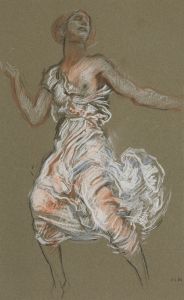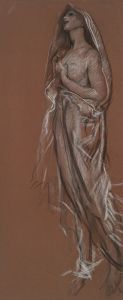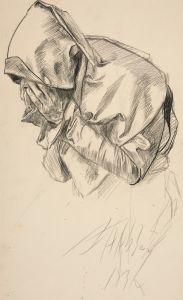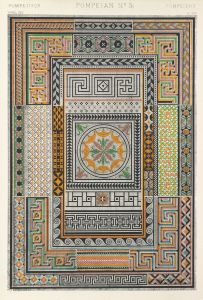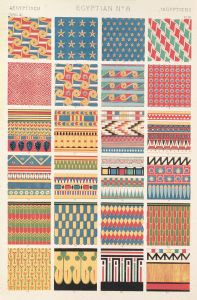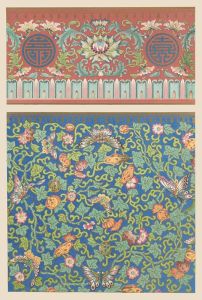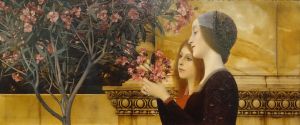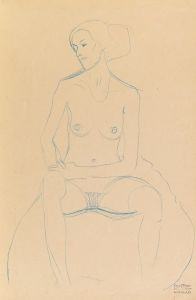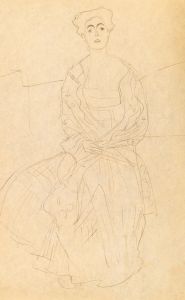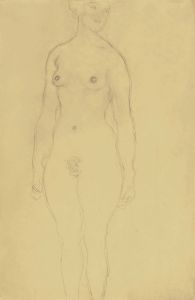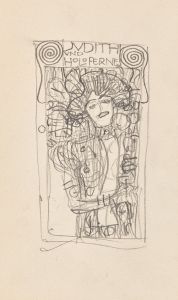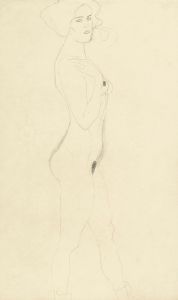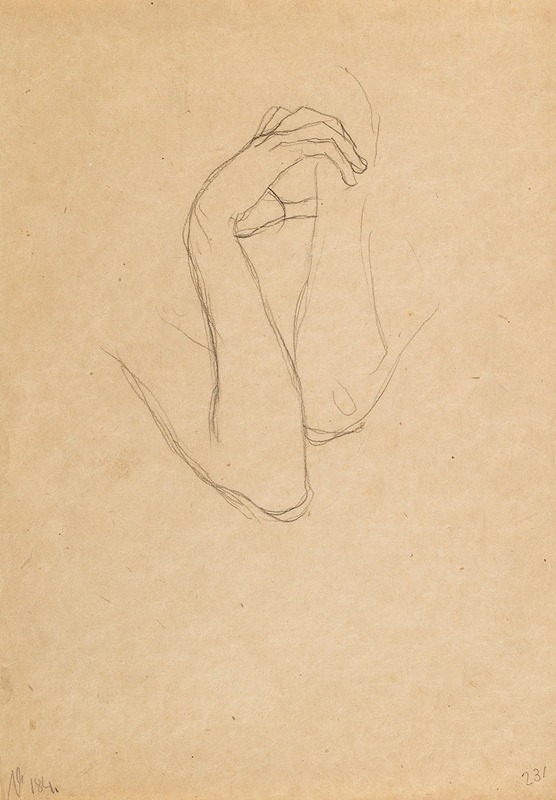
Hand and arm studies for ‘Die Künste’ in ‘Beethovenfries’
A hand-painted replica of Gustav Klimt’s masterpiece Hand and arm studies for ‘Die Künste’ in ‘Beethovenfries’, meticulously crafted by professional artists to capture the true essence of the original. Each piece is created with museum-quality canvas and rare mineral pigments, carefully painted by experienced artists with delicate brushstrokes and rich, layered colors to perfectly recreate the texture of the original artwork. Unlike machine-printed reproductions, this hand-painted version brings the painting to life, infused with the artist’s emotions and skill in every stroke. Whether for personal collection or home decoration, it instantly elevates the artistic atmosphere of any space.
Gustav Klimt, an Austrian symbolist painter and one of the most prominent members of the Vienna Secession movement, created numerous preparatory studies for his works. Among these is "Hand and Arm Studies for ‘Die Künste’ in ‘Beethovenfries,’" a drawing that showcases Klimt's meticulous attention to detail and his focus on the human form. This study was created as part of Klimt's preparatory process for the "Beethoven Frieze," a monumental mural painted in 1902 for the 14th Vienna Secessionist exhibition.
The "Beethoven Frieze" was inspired by Richard Wagner's interpretation of Ludwig van Beethoven's Ninth Symphony, particularly its "Ode to Joy" section. Klimt's frieze is a visual representation of humanity's search for happiness, culminating in the arts as a source of redemption. The mural spans three walls and is characterized by its allegorical and symbolic content, as well as its innovative use of materials and techniques.
The hand and arm studies were likely created to refine the poses and gestures of the figures depicted in the frieze. Klimt often used preparatory sketches to explore the anatomy and expressiveness of the human body, which played a central role in his work. These studies demonstrate his skill in capturing the subtleties of movement and form, as well as his ability to convey emotion and meaning through the human figure.
The "Beethoven Frieze" itself is now housed in the Secession Building in Vienna, where it remains a significant example of Klimt's contribution to modern art. The preparatory studies, including the "Hand and Arm Studies for ‘Die Künste,’" provide valuable insight into Klimt's creative process and his dedication to achieving a harmonious composition.
As with many of Klimt's works, these studies reflect his interest in the interplay between the physical and the spiritual, as well as his commitment to pushing the boundaries of traditional artistic conventions. They are an important part of his artistic legacy and continue to be studied and admired for their technical precision and expressive power.





